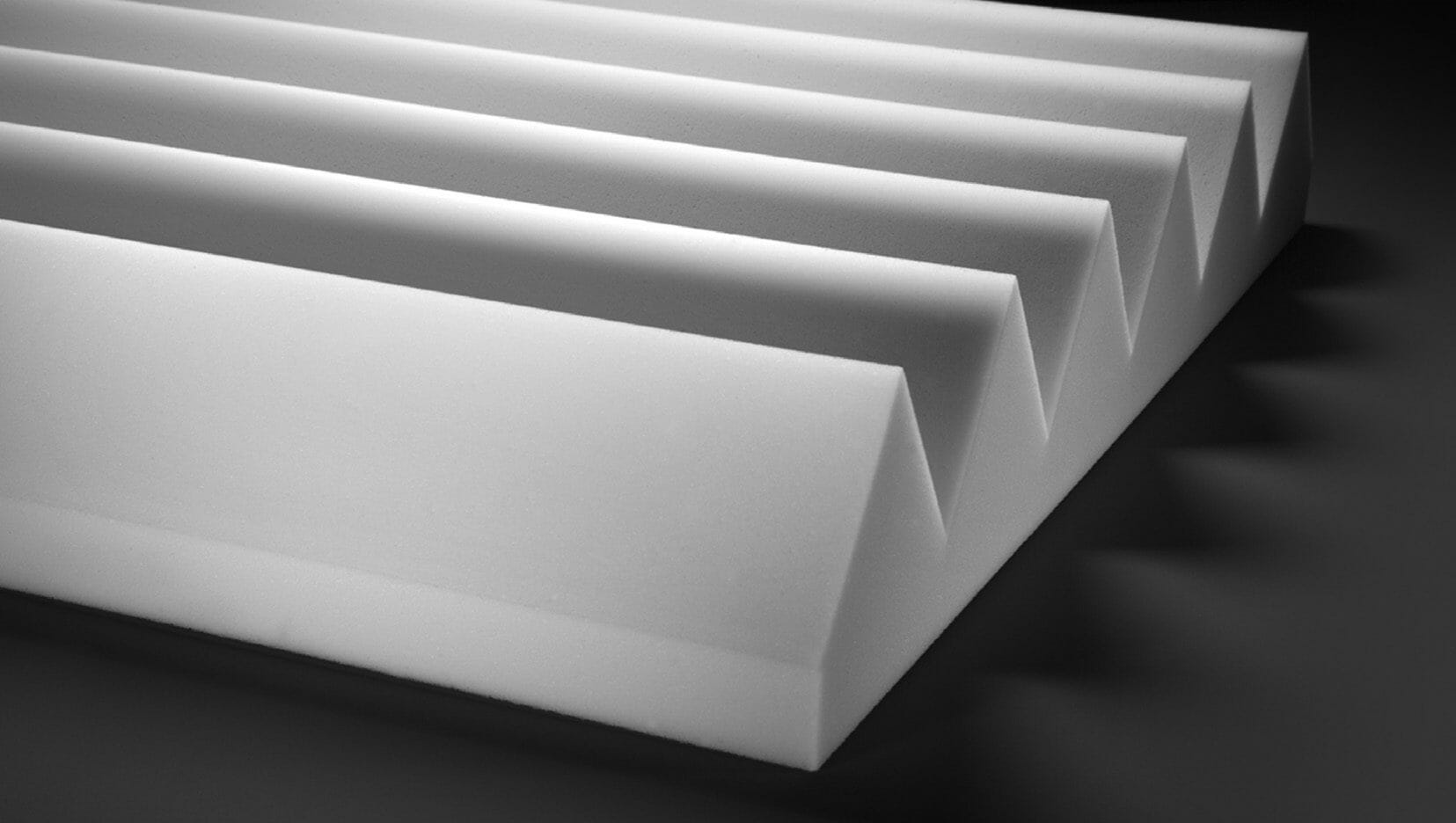If you’re new to the world of stickers, you might have discovered that you need to choose between two popular graphic files to create your end product: with raster and vector graphics. If you’re confused about the differences or have no idea about them whatsoever, in this article we take a look at the key points that set them apart. This way, you’ll be able to make a much more informed decision about what file type to commit to for your project.
Should you opt for raster files?
Whether you’re going for extra bright stickers or clear stickers with a touch of colour, choosing the right file format is important. When it comes to raster graphics, each file is made up of individual pixels and the overall quality of the image is determined by how many pixels it might contain. Raster graphics – which might resemble familiar and very popular JPEG or PNG files – are certainly the more convenient out of the two options – they often require no special programs, and you can often just transfer image files without needing to resort to time-consuming processes such as designing, editing, or reshaping. This also makes raster graphics a very portable file type, as they can be opened without the use of special programs, such as the Adobe design suite. Although they are certainly easy to use, raster graphics certainly have their disadvantages, with the most obvious one being related to quality. A raster file should be at a bare minimum 300 dpi (dots per square inch), as any less will produce an image that is somewhat pixelated – the last thing you want in a professional marketing campaign. They can also be quite difficult to edit due to their inflexibility when it comes to scaling.
What about vector graphics?
Vector graphics are usually much less complicated to deal with as compared to raster graphics and produce much smaller file sizes. This makes them ideal for all sorts of simple purposes, such as business logos and app icons. The way vector graphics work also allow them to change size at an incredible scale without any loss of quality, which can help you get an identical logo printed on both a business card and a billboard – consistency is important in the world of marketing, and vector graphics offer this in spades. They’re also very easy to modify, as their scalability allows them to be blown up easily and modified in even minute ways. It’s not all rosy in the world of vector graphics, however – they often require very specific software to modify (such as those in the Adobe suite, and even then, sonly specific products in the Adobe suite), making modification on the go difficult.
Which should you choose?
There are many businesses still unclear about the key differences between raster graphics and vector graphics, but we’ve hopefully shed enough light on these file types to give you a much better idea of what the right option for you might be. If you’re still unsure, try experimenting with the same images using the different file types – there’s a good chance that you’ll find out quickly enough which works better for you.



